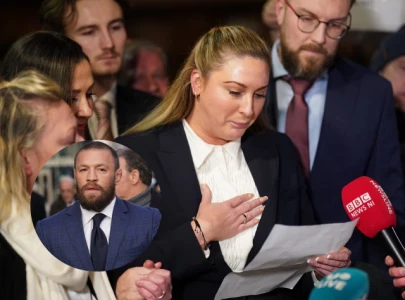
This was the crux of a report, titled “Listen to My Voice”, conducted by local non-governmental organisations Acting For Life, Group Development Pakistan, SACH and VISION. The report, funded by the European Union, states that there are around 1,504 street children in the hill station. Of these, 11.88%, or 179, were found to have been trafficked.
Of these, children as young as three years old and as old as 17 were internally trafficked and brought to Murree in large numbers. The research also tried to ascertain evidence of internal child trafficking.
Furthermore, the study found that children between the ages of 12 to 14 constitute about 35% of the documented street children in the hill station.
The study found these minors speaking different languages and facial features significantly different to those of the local population. Notwithstanding, they had a bond among themselves manifested in how they called each other brother or cousin.
“During the days when Murree gets crowded (peak tourist seasons of summer or winter), a new wave of children emerges and their numbers multiply too; and these children are made to stay here throughout the winter months,” the report says.
Among the trafficked children whose case was included in the study was a 12-year-old child who had allegedly been purchased by a resident of Lahore for just Rs20,000. The child was then brought to Rawalpindi where the child worked for the buyer for two months. Thereafter the child was ‘sold’ on to another person for the summer months at the same price.
The study revealed that out of the total number of street children approached by the team in Murree: 42.15% originated from Punjab, 36.1% hailed from K-P, 12.37% were from Afghanistan, 7.98% could not recall their origin, while one per cent were from AJK, and 0.33% were from G-B. These trafficked children were then forced into various forms of labour. The report noted with alarm that modern forms of slavery and emerging forms of child labour were taking shape.
The report went on to state that internal child trafficking and modern day slavery were invariably interlinked.Meanwhile, of the 1,504 street children in Murree, 137 cases of abuse were also reported by caregivers, stakeholders and the children themselves.
When contacted, Murree City Police Officer Israr Ahmed Abbasi, however, said that they have not come across cases of children being trafficked.
“So far the police have not come across to any child trafficking case, but we usually get cases of children going missing,” CPO Abbasi said.
He added that they had cases of four to five children who had gone missing from Murree in the last five years but the police are still unaware of their whereabouts.
Fleeing violence or poverty?
Group Development Pakistan Executive Director Valerie Khan explained that the the main reasons behind internal child trafficking appear to be domestic violence, corporal punishment, poverty, over population owing to the absence of family planning, natural calamities, the war on terror, and abuse.
“Internal child trafficking is rising and a major hurdle…to address the issue is the lack of implementation of laws that are meant for child protection, the absence of policies, defective or inadequate laws,” she added.
Moreover, Khan said that Pakistan lacks updated data on internal child trafficking. The report suggests reinforcing the institutionalisation of child rights in the country in addition to improving the policy and legal framework to prevent and respond effectively to internal child trafficking.
Qudsia Mehmood, a child right activist, said that in Pakistan it is difficult to find out if a child is a victim child of trafficking.
“There are a number of influential people involved in child trafficking who are forced into labour, sex trade, begging, drug trade, smuggling,” she said.
Published in The Express Tribune, January 22nd, 2017.

















COMMENTS (2)
Comments are moderated and generally will be posted if they are on-topic and not abusive.
For more information, please see our Comments FAQ